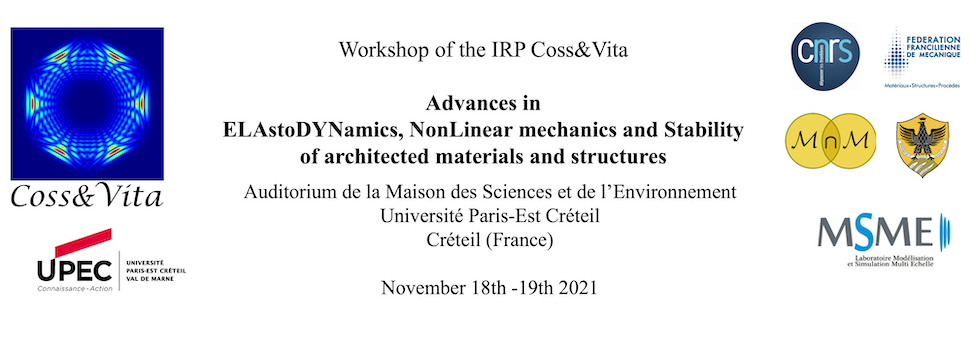The phase-field method or gradient-damage is now widely used in modeling and simulating cracks in different materials and/or structures. This method turns out to be particularly efficient for dealing with crack initiation and propagation in complicated situations. The regularization length involved in this method, which can be interpreted as a material parameter, plays a key role and must be small enough to reflect the fact that a crack is a sharp discontinuity. In the works reported in the relevant literature on the phase-field method applied to study crack problems, the smallness of the regularization length makes that the mesh size of finite elements has to be also sufficiently small, so that computational costs are very high. In the present work, we use the phase-field method with a family of degradation functions introduced by Sargado et al. in the elastic strain energy of elastic brittle materials, and investigate the nucleation and propagation of cracks in such materials. We show that, owing to this novel family of degradation functions, the mesh size in the area where a crack passes through can be much coarser and the computational cost can be considerably reduced without changing the path of the crack as well as the global and local mechanical behaviors. In the case where experimental results are available for plaster specimens subjected to compressive loadings, the results obtained by the phase-field method together with the new family of degradation functions are compared and discussed with respect to those provided by the ones with the classical quadratic degradation function.
References
[1] J. M. Sargado, E.Keilegavlen, I. Berre, J.M. Nordbottenn, High-accuracy phase-field models for brittle fracture based on a new family of degradation functions, J. Mech. Phys. Solids, 111 (2018) 458-489.
[2] T.T. Nguyen, J. Yvonnet, Q.Z. Zhu, M. Bornert, C. Chateau, A phase field method to simulate crack nucleation and propagation in strongly heterogeneous materials from direct imaging of their microstructure, Eng. Fract. Mech, 139 (2015) 18-39.
[3] C. Miehe, M. Hofacker, F. Welschinger, A phase field model for rate-independent crack propagation: robust algorithmic implementation based on operator splits, Comput. Methods Appl. Mech. Eng, 199 (2010b) 2765-2778.

 PDF version
PDF version
